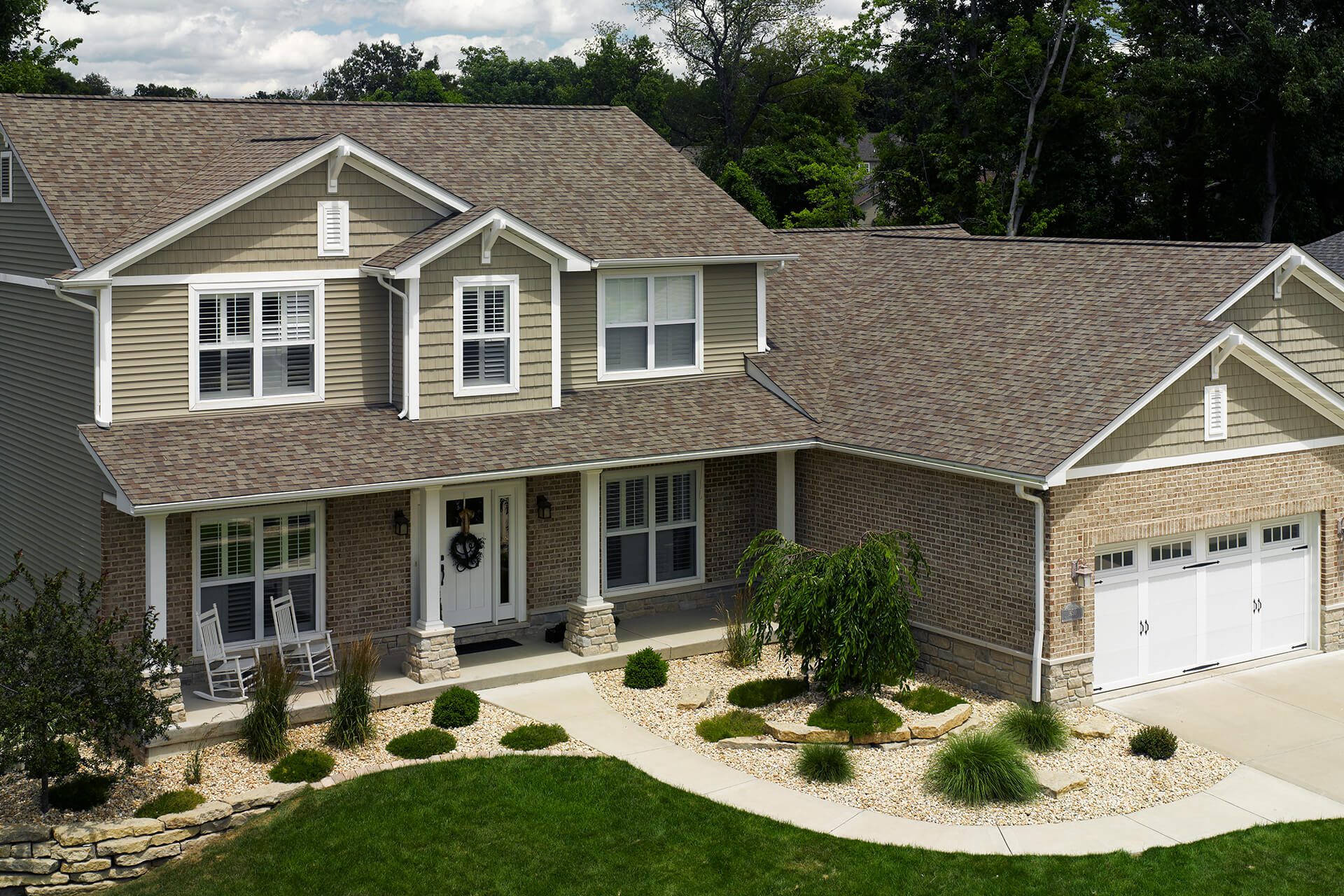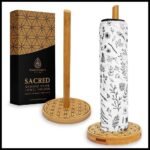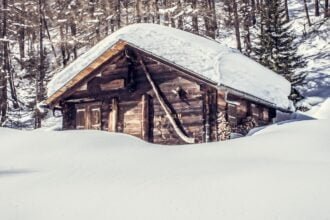Real estate investment is a typical way for people to get ahead financially. There is a wide variety of properties available for investment, but barndominium and conventional single-family houses are two of the most popular choices.
Barndominium are repurposed metal barns that feature innovative and contemporary architecture. Yet, traditional homes are the most often constructed type of dwelling in the United States, and there is a wide variety of traditional home styles and designs from which to pick. Investment potential in real estate is highlighted by a recent poll by the National Association of Realtors, which found that the median sales price of existing homes climbed by 16.2 percent in 2020.
To assist you determine if a barndominium or a conventional house is the better investment for your needs, this article will examine their investment possibilities, including return on investment, resale value, and actual examples of successful investments.
What is Barndominiums?

Barndominiums are a distinct style of dwelling that merge the rustic charm of a barn with the conveniences of contemporary living. The phrase “barndominium,” a combination of the words “barn” and “condominium,” describes a type of dwelling that has an exterior made of metal or steel, a spacious main floor, and an attic that can be used as sleeping quarters or additional living space. Since they combine practicality, affordability, and aesthetic appeal, barndominiums have risen in popularity in recent years, especially in rural locations.
What is Traditional Homes?

In the United States, the vast majority of people live in conventional houses. Wooden or brick exteriors, numerous bedrooms and baths, a living room, dining room, and kitchen, and additional communal facilities like a basement, garage, or outdoor space are typical features of such dwellings. Traditional homes are created with common practices and materials, but they are regularly altered to fit the tastes of their owners.
Pros and Cons of Barndominium
As a novel and affordable housing option, barndominiums (also spelled “barn home” or “barn house”) are gaining in popularity. They combine living quarters with a barn or garage and can be constructed out of metal or wood. While there are many benefits to using them, there are also some drawbacks to think about.
1. Low Cost of Construction
The low price at which they can be built is one of the main selling points of Barndominium. These houses can be built more quickly and efficiently than conventional ones, and using materials that cost much less.

Barndominium can be cheaper to build because they combine living quarters with storage, rather than requiring the construction of two separate structures.
2. Versatility of Design
The adaptability of barndominium layouts is another perk. Open floor plans, rustic or modern aesthetics, and many stories are just a few examples of the ways in which they can be tailored to the needs of individual homeowners.
A Barndominium’s interior can be designed to accommodate a variety of functions, including a home office, a workshop, or even a horse stable.
3. Easy to Maintain
Most barndominiums are low-maintenance due to their straightforward layouts and sturdy building materials. Both metal and wood siding can endure the elements and vermin, and concrete floors can be coated to prevent stains and spills.
Since many barndominiums feature wide-open floor plans, they also require less cleaning and care than conventional residences with more closed-off rooms and surfaces.
4. Lack of Conventional Resale Market
The lack of a traditional resale market is one drawback of barndominiums. Possible purchasers may be less interested in a barndominium because it is a novel housing option. This may reduce the value of a barndominium in the future by making it harder to sell.
5. Possible Zoning Restrictions
The fact that barndominiums may run afoul of local zoning laws is another thing going against them. It’s possible that barndominiums won’t be allowed in all areas due to zoning restrictions based on the fact that they’re not the same as conventional houses.
The cost of building a barndominium could go up if the location in which they can be constructed is restricted or if special licences or approvals are needed.
Pros & Cons of Traditional Homes
1. Established Resale Market
The traditional housing market has been around for a long time, which is one of the major benefits. A big number of people could be interested in buying a conventional home because it is the most prevalent form of house. If you do this, you may increase the value of your home and make it easier to sell in the future.
2. More Financing Options
A further benefit of conventional houses is the greater variety of mortgages from which one can choose. Lenders are likely to be more comfortable with the traditional house financing procedure and more prepared to provide financing choices because of the greater availability of traditional homes.
In addition, lenders may be more receptive to providing favourable loan conditions for conventionally constructed homes because of the stronger secondary market for such properties.
3. Higher Cost of Construction and Maintenance
The greater initial and ongoing costs associated with traditional residences are a major drawback. Construction of a traditional home may necessitate more expensive materials, such as brick or stone, and more skilled work.
Larger and more intricately designed traditional homes may also have higher upkeep costs over time.
4. Limited Design Options
One more possible drawback of conventional houses is that they have fewer layout possibilities to choose from. Despite the diversity of traditional architecture styles including Colonial, Victorian, and Craftsman, these residences may not be as adaptable as others. Such restrictions can make it difficult to make one’s home feel truly special or tailored to one’s individual tastes.
How Barndominiums Compare to Typical Houses as an Investment
Buying real estate, whether it be a barndominium or a more conventional house, can be a good financial move. These are some considerations to make when weighing the relative financial prospects of single-family and multifamily dwellings.
1. Barndominiums as a Potentially High-Return Investment
The popularity of barndominiums, an innovative new style of dwelling, is rising rapidly, particularly in rural areas. For those seeking a high rate of return, this may be an opportunity.
Compared to the cost of constructing a single-family home, the cost of constructing a barndominium may be significantly lower, allowing for a greater potential for profit. Barndominiums may also have a higher resale value because of its unique design and the ability to be personalized.
2. Traditional Homes as a Reliable, Long-Term Investment
Alternatively, investing in conventional houses is a safer bet because of their long track record. The United States is home to a greater population and a more mature resale market for traditional homes than any other style of dwelling.
Similarly, there is a chance that the value of a traditional home may rise over time, making it a good long-term investment option.
3. Factors to Consider in Making an Investment Decision
Whether to buy a barndominium or a conventional house depends on a number of things. They consist of the following:
- Location: The property’s location is a major factor in its potential for growth and resale price.
- Cost: The ROI may be influenced by the total cost of building, operating, and fixing the structure.
- Zoning regulations: The value of a barndominium and its viability as a rental property could be affected by local zoning laws.
- Market demand: Barndominiums and traditional residences both have different resale values and investment returns depending on the demand for each type of housing in a given market.
Case Studies
Real-life Examples of Successful Barndominium and Traditional Home investments
a) Barndominium: A couple in Texas put erected a barndominium on their land so they could have a vacation home. After a few years of renting it out, they decided to sell it and, to their delight, received many offers, eventually selling it for nearly twice the amount they had originally invested in it. The high resale value can be attributed to the distinctive style and prime location.
b) Traditional Home: An investor in Los Angeles bought a classic house that badly needed updating. They put money into renovations and upgrades, and then sold the house for a huge profit thanks to the booming local housing market.
Comparison of ROI and Resale Value
a) ROI: Because to their reduced initial building costs and possibility for customization, barndominiums may provide a higher return on investment. For instance, a barndominium may be more economically viable than buying an existing home, especially in rural areas where land is less expensive.
The return on investment for a conventional house may be higher in urban or suburban regions due to the higher cost of land and building materials.
b) Resale value: In the long run, a traditional home may be a safer bet because of its more established resale market and potential for price appreciation.
But, a well-designed barndominium in a sought-after area may also fetch a premium asking price because to its rarity and adaptability.







